Gold Eagles - The basis for the decimal system of U.S. coinage.
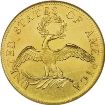
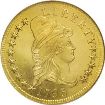
Gold Eagles or ten dollar gold pieces were the premier coin and largest denomination for which coinage was planned early on. The Twenty Dollar gold coin came fifty years later of course. Special care was taken in preparing the dies for these coins. Fewer mistakes were made on these coins than their smaller


counterparts. Ten dollar gold eagles were minted from 1795 to 1933. The ten dollar gold piece was the second gold coin struck by the US Mint behind the five dollar coins. It was not as widely used in daily commerce as the five dollar coin due to its size.
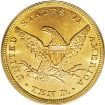
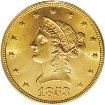
The weight and purity were the only things important to merchants and individuals-money was gold, and gold was money. In most cases, transactions of even a nominal sum had to be settled in gold or silver coins. Personally, I could never imagine exchanging gold coins for things like food and clothing.
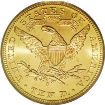
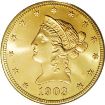
But then again I never lived in the 19th Century either! The intrinsic value of US gold coins is astronomical compared to what it
was then.
I have always enjoyed studying U.S. coins, with particular attention to rare gold coins. I
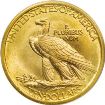
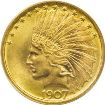
don't know what it is about them. Perhaps it’s the value they represent, or maybe contemplating who may have owned them throughout their existence. Whatever it is, if you have ever had a gold coin collection you know what I'm talking about. Also, buying gold coins can be very tricky for the
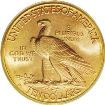
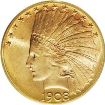
uninitiated due to the amount of counterfeits out there. Some of them are good enough to fool even seasoned professionals, so be careful if you are purchasing. Always buy the book first and don't be afraid to ask questions.
This denomination includes six major varieties.
They are listed as follows.
Capped Bust Type Small (1795-1797)
Capped Bust Type Heraldic (1797-1804)
Liberty Head Type no Motto (1838-1866)
Liberty Head Type with Motto (1866-1907)
Indian Head Type no Motto (1907-1908)
Indian Head Type with Motto (1908-1933)


